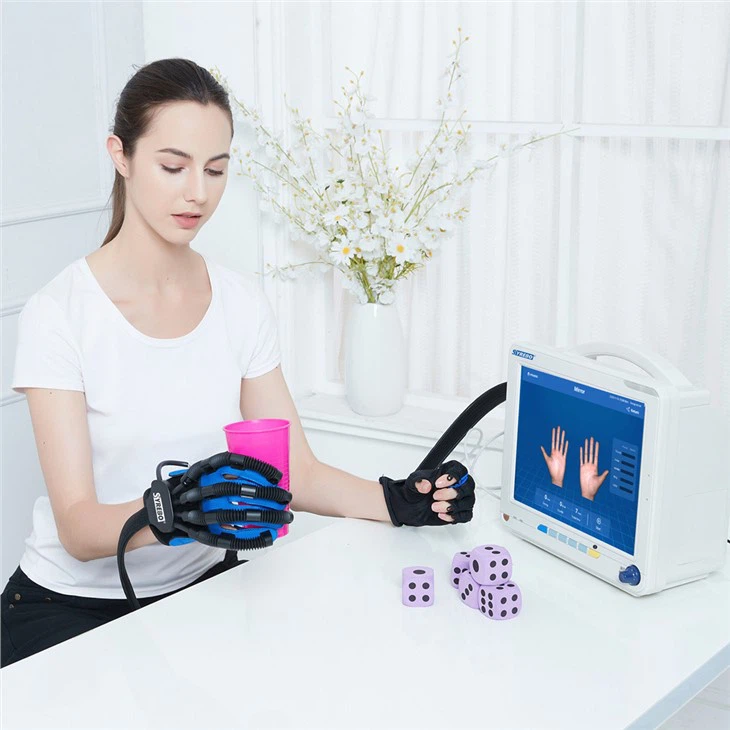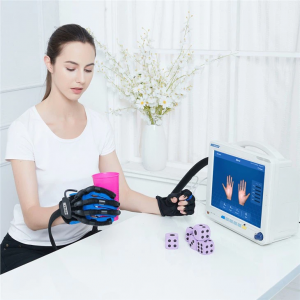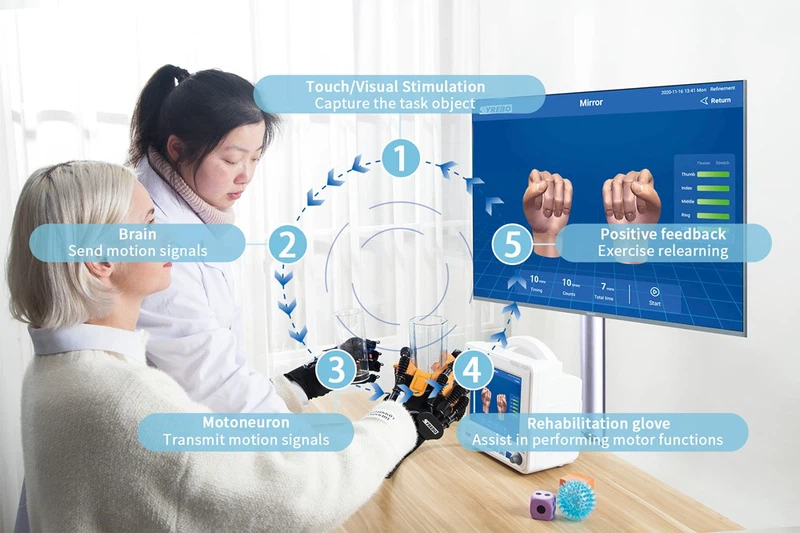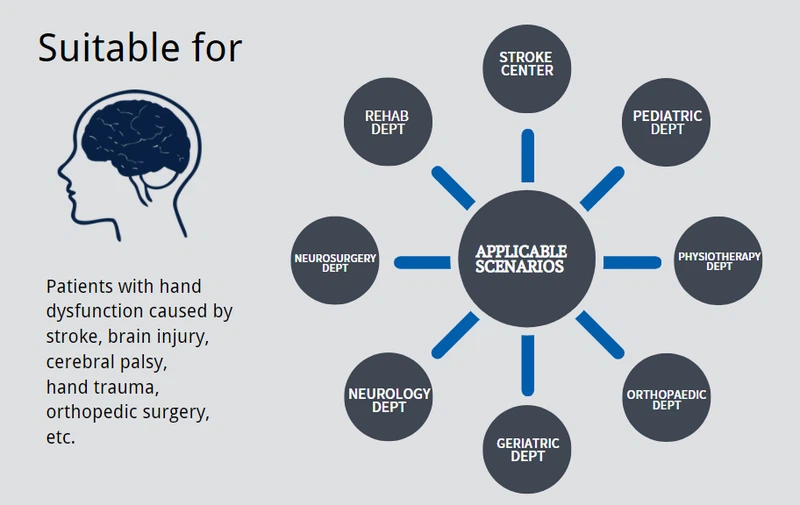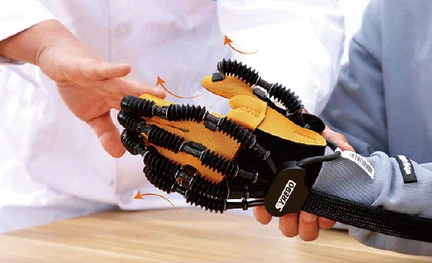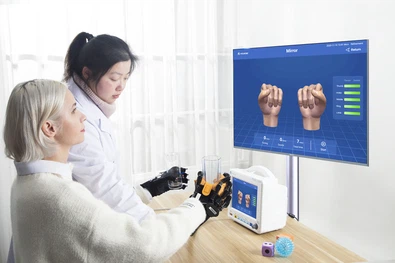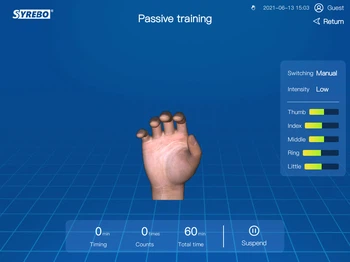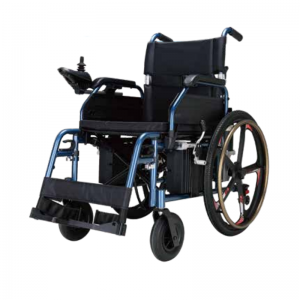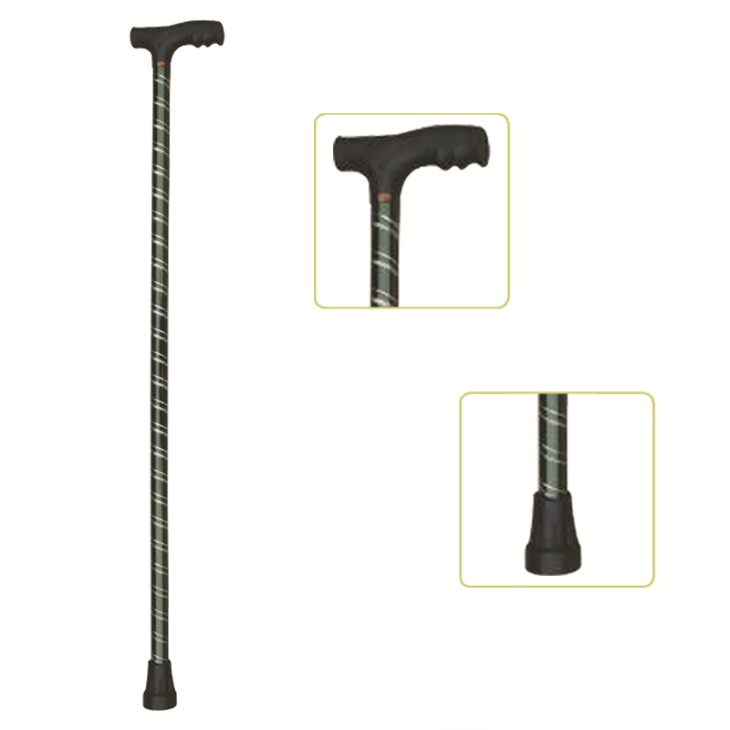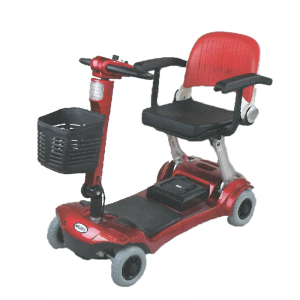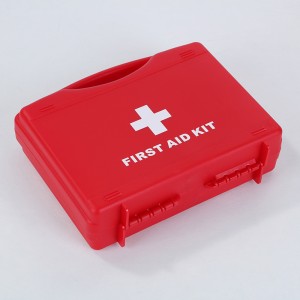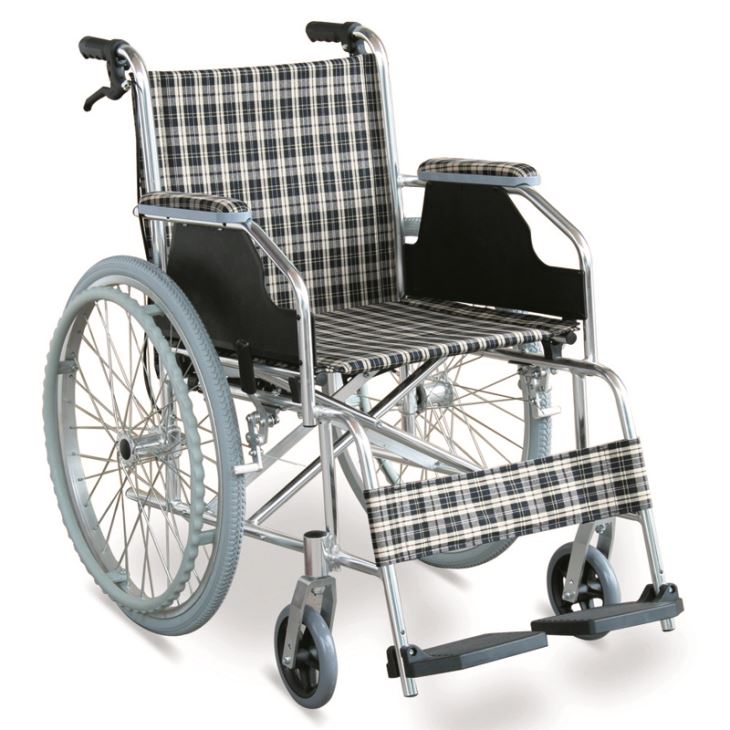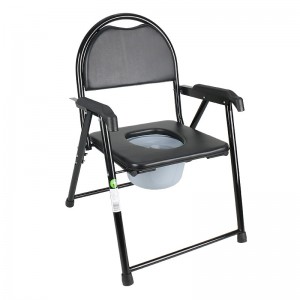Hand Dysfunction Recovery Equipment
“Central-peripheral-central” closed-loop active rehabilitation mood
It is a rehabilitation training mode in which the central and peripheral nervous systems participate cooperatively to induce, enhance, and accelerate the control ability of the central opponent’s function.
“The CPC closed-loop rehabilitation theory, proposed in 2016 (Jia, 2016), involves the assessment and therapy of central rehabilitation methods and peripheral procedures. This innovative rehabilitation model utilizes positive feedback to enhance brain plasticity and rehabilitation efficacy following brain injury in a bidirectional manner. Devices associated with this approach can combine input and output capabilities. Research has shown that the CPC closed-loop rehabilitation is more effective in managing post-stroke dysfunctions, such as motor impairment, compared to single central or peripheral therapy.”
Multiple Training Modes
- Passive training: The rehabilitation glove can drive the affected hand to perform flexion and extension exercises.
- Assistance training: The built-in sensor recognizes the patient’s subtle motion signals and provides the necessary strength to assist patients in completing gripping motions.
- Bilateral mirror training: The healthy hand is used to guide the affected hand in achieving grasping actions. The simultaneous visual effects and proprioceptive feedback (feeling and seeing the hand) can stimulate the patient’s neuroplasticity.
- Resistance training: The Syrebo glove applies opposing force to the patient, requiring them to perform flexion and extension exercises against resistance.
- Game training: The traditional training content is combined with a variety of interesting games to actively engage patients in the training. This allows them to exercise ADL cognitive abilities, hand strength control, attention, computing abilities, and more.
- Refined training mode: Patients can perform finger flexion and extension exercises, as well as finger-to-finger pinch training, in various training scenarios such as passive training, action library, bilateral mirror training, functional training, and game training.
- Strength and coordination training & evaluation: Patients can undergo strength and coordination training and assessments. Data-based reports enable therapists to track patients’ progress.
- Intelligent user management: A large number of user profiles can be created to record user training data, facilitating therapists in customizing personalized rehabilitation programs.
